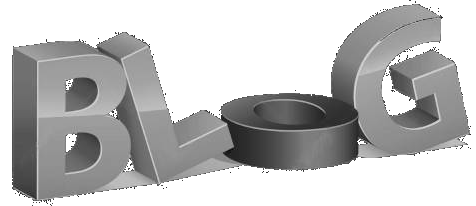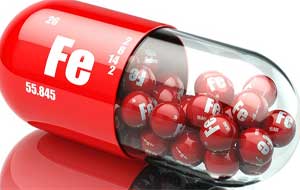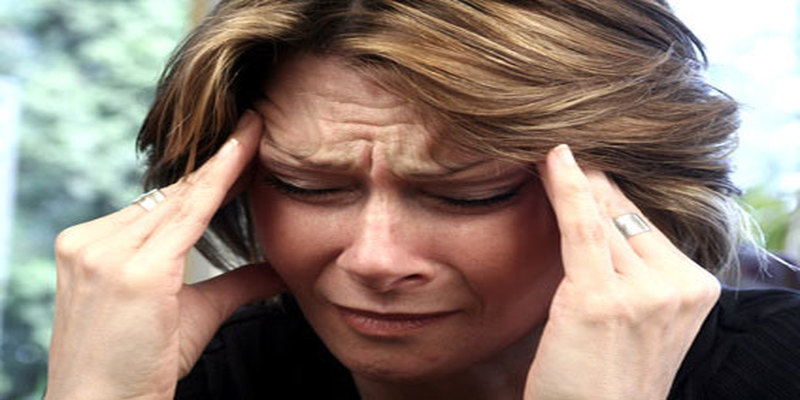A reliable source on many subjects.

A reliable source on many subjects.

![]()
 Iron deficiency is produced when the body does not have enough of the mineral iron. This leads to abnormally low levels of red blood cells.
Iron deficiency is produced when the body does not have enough of the mineral iron. This leads to abnormally low levels of red blood cells.
This is because iron is needed to make hemoglobin, a protein in red blood cells that enables them to carry oxygen around the body.
If your body doesn’t have enough hemoglobin, your tissues and muscles won’t receive enough oxygen and won’t be able to work efficiently. This leads to a condition called anemia.
Although there are different types of anemia, iron-deficiency anemia is the most widespread worldwide. [1].
Common causes of iron deficiency include inadequate iron intake due to poor diet or restrictive diets, inflammatory bowel disease, increased requirements during pregnancy, and blood loss during heavy menstruation or internal bleeding.
Whatever the cause, iron deficiency can lead to unpleasant symptoms that can affect your quality of life. These include poor health, concentration and work productivity [2].
The signs and symptoms of iron deficiency vary depending on the severity of the anemia, how quickly it develops, your age and your current state of health.
In some cases, people experience no symptoms at all.
Here are 10 signs and symptoms of iron deficiency, starting with the most common.

Feeling very tired is one of the most common symptoms of iron deficiency. It affects more than half of all iron-deficient people. [3, 4].
Your body needs iron to make a protein called hemoglobin, found in red blood cells. It helps carry oxygen around the body.
When your body doesn’t have enough hemoglobin, less oxygen reaches your tissues and muscles, depriving them of energy. What’s more, your heart has to work harder to circulate more oxygen-rich blood through your body, which can make you feel tired.
Since fatigue is often considered a normal part of a busy modern life, it’s difficult to diagnose iron deficiency with this symptom alone.
However, many people with iron deficiency have little energy, are weak, feel cranky, have trouble concentrating or have low productivity at work.
Pale skin and pale discoloration inside the lower eyelids are other common signs of iron deficiency. [5, 6, 7].
Hemoglobin in red blood cells gives blood its red color. Consequently, low levels of iron deficiency make the blood less red. This is why the skin may lose its healthy pinkish color in iron-deficient people.
This pallor in iron-deficient people may appear all over the body, or may be limited to one area, such as the face, gums, inside the lips or lower eyelids, and even the fingernails [8].
This is often one of the first things doctors will look for as a sign of iron deficiency. However, this should be confirmed by a blood test.
Pallor is more common in moderate to severe anemia. [9].
If you lower the lower eyelid, the inner layer should be bright red. If it’s a very pale pink or yellow color, you may have an iron deficiency.
Hemoglobin enables your red blood cells to carry oxygen around the body.
When hemoglobin is low in your body during an iron deficiency, oxygen levels will also be low. This means your muscles won’t receive enough oxygen to perform normal activities, such as walking [10].
As a result, your breathing rate will increase as your body tries to obtain more oxygen.
This is why breathlessness is a common symptom.
If you experience shortness of breath during normal daily tasks, such as walking, climbing stairs or exercising, an iron deficiency may be to blame.

Iron deficiency can cause headaches [11]. This symptom seems to be less frequent than the others, and is often associated with dizziness or vertigo.
In the case of iron deficiency, low hemoglobin levels in red blood cells mean that a lack of oxygen can reach the brain. As a result, blood vessels in the brain can swell, leading to pressure and headaches. [12].
Although there are many causes of headaches, frequent and recurrent headaches and dizziness may indicate iron deficiency.
Notable heartbeats, also known as heart palpitations, can be another symptom of iron deficiency anemia.
Hemoglobin is the protein in red blood cells that helps carry oxygen around the body.
In iron deficiency, low hemoglobin levels force the heart to work extra hard to transport oxygen. This can lead to irregular heartbeats or the sensation that your heart is beating abnormally fast. [13].
In extreme cases, this can lead to an enlarged heart, a heart murmur or heart failure.
However, these symptoms tend to be much less frequent. To experience them, you’d need to be iron-deficient for a long time.
Dry, damaged hair and skin can be signs of iron deficiency.
In fact, when your body is iron-deficient, its limited oxygen is directed to more important functions, such as organs and other body tissues.
When skin and hair are deprived of oxygen, they can become dry and weak. More severe cases of iron deficiency have been associated with hair loss [14, 15].
It’s perfectly normal for some hair to fall out during daily washing and brushing, but if you lose more than you should, or even entire clumps, it could be due to an iron deficiency.
Sometimes, just looking in or around your mouth can tell you if you’re suffering from iron-deficiency anemia.
Signs include when your Language becomes swollen, inflamed, pale or strangely smooth [16].
Low hemoglobin levels in iron deficiency can cause the tongue to turn pale, while lower levels of myoglobin can cause sores, a feeling of softness and swelling.
Myoglobin is a protein in red blood cells that supports your muscles, such as the muscle that makes up your Language.
Iron deficiency can also cause dry mouth, painful red cracks at the corners of the mouth or mouth ulcers [17].

Iron deficiency has been associated with restless legs syndrome [18].
Restless legs syndrome is a strong urge to move the legs at rest. It can also cause unpleasant, strange tingling or itching sensations in the feet and legs.
It is usually worse at night, which means that sufferers may find it difficult to get much sleep.
The causes of restless legs syndrome are not fully understood.
However, it is thought that up to 25% of people with restless legs syndrome suffer from iron-deficiency anemia. The lower the iron levels, the more severe the symptoms. [19].
A much less common symptom of iron deficiency is brittle, spoon-shaped nails, known as koilonychia [20].
It often starts with brittle nails that chip and crack easily.
In the later stages of iron deficiency, spoon-shaped nails may appear when the middle of the nail hollows and the edges are raised to give a rounded, spoon-shaped appearance.
However, this is a rare side effect and is usually only seen in severe cases of iron-deficiency anemia.
There are several other signs that your iron levels may be low. These tend to be less common and can be linked to many conditions other than iron deficiency.
Other signs of iron deficiency anemia include:
If you think you may be suffering from iron-deficiency anemia, consider the following advice:
If you think you have signs or symptoms of iron deficiency, you should make an appointment with your doctor. A simple blood test will confirm whether you have iron-deficiency anemia.
If your doctor confirms that you have an iron deficiency, you will probably be able to treat it quite easily by increasing your intake of iron from your diet or with iron supplements.
The main aim of treatment is to restore haemoglobin levels to normal and replenish iron stores.
Try to ensure that your diet contains sufficient iron. Only take supplements if your doctor recommends them.
If your doctor thinks your iron deficiency may be caused by an iron deficiency in your diet, consider eating more iron-rich foods, such as:
Importantly, eating vitamin C will help your body better absorb iron.
Make sure you eat enough vitamin C-rich foods, such as fruits and vegetables [24].
It may also be beneficial to avoid certain foods that can inhibit iron absorption when consumed in large quantities. These include tea and coffee, and calcium-rich foods such as dairy products and wholegrain cereals.
As a general rule, you should only take an iron supplement as a last resort and if your doctor recommends it. This will probably be the case if you are unable to restore your iron levels through diet alone.
If you are taking an iron supplement, try drinking orange juice to increase iron absorption.
Don’t forget that taking iron supplements has unpleasant side effects. These include stomach pain, constipation or diarrhea, heartburn, nausea and black stools.
However, these side effects generally diminish over time and depend on the dose of iron you take.
Iron-deficiency anemia is the most common type of anemia worldwide.
Some people have obvious symptoms, while others have none at all. This often depends on the severity of the anemia.
Common signs and symptoms include fatigue, pale skin, noticeable heartbeat, headaches and dizziness, shortness of breath, dry and damaged hair and skin, sore or swollen tongue and mouth, restless legs and brittle or spoon-shaped nails.
If you think you have symptoms of iron deficiency, consult your doctor. Self-diagnosis is not recommended.
Fortunately, most forms of iron deficiency can be treated fairly easily, usually through an iron-rich diet or iron supplements, if recommended by your doctor.